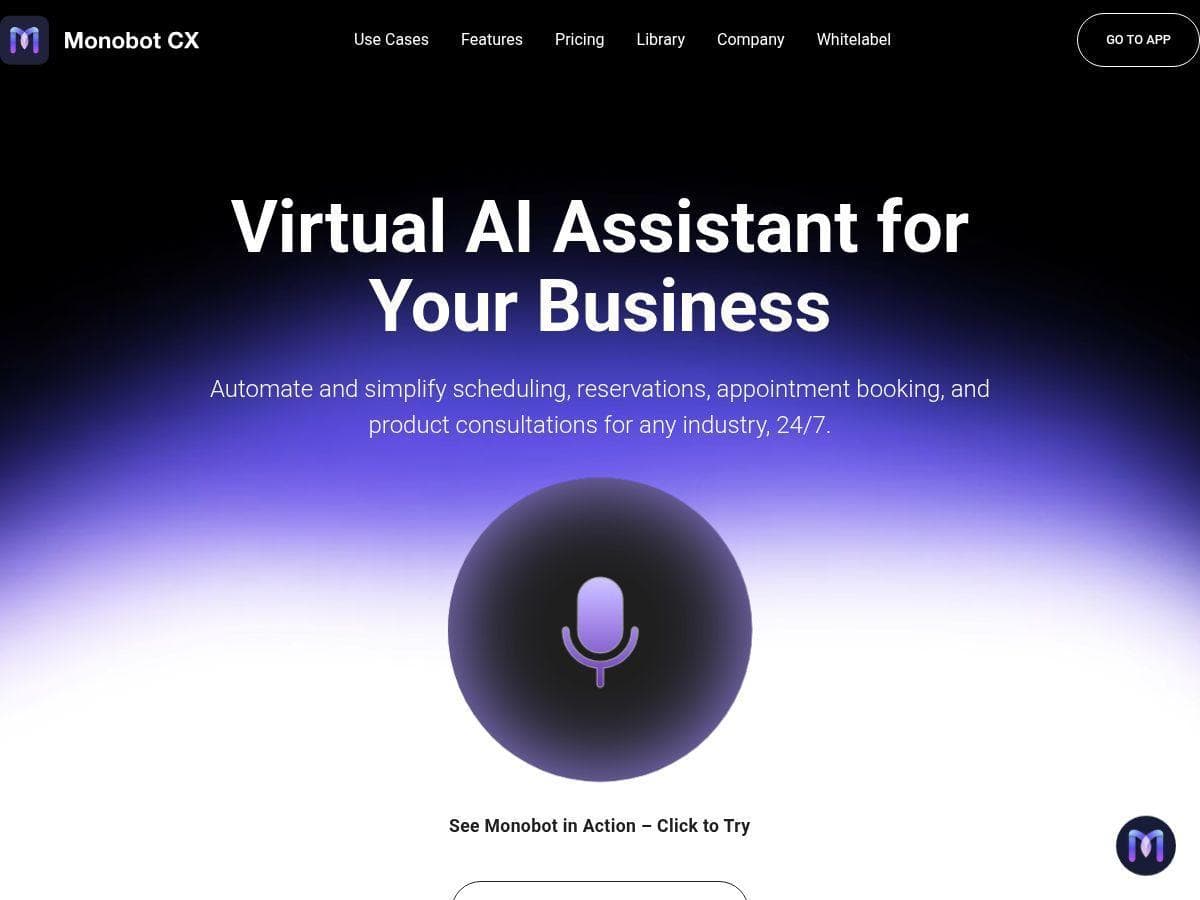Table of Contents
Have you ever thought about turning your blog into a book but felt overwhelmed by where to start? You’re not alone! Many bloggers share that same mix of excitement and confusion about transforming their online content into something more tangible.
If you stick with me, I promise to guide you step-by-step through the entire process. By the end, you’ll have a clear roadmap for turning your digital thoughts into a beautifully bound book that you can proudly share with the world.
We’ll explore everything from the benefits of making this leap to practical steps like choosing your book format and marketing your final product. Get ready to take your blog to the next level!
Key Takeaways
- Gather your best blog posts (15-20) around a common theme to start the book.
- Outline the structure to ensure a smooth flow for readers.
- Add new content and insights beyond what’s on your blog.
- Edit for clarity and coherence; stay consistent in voice and style.
- Choose the right format (e.g., paperback, ebook) based on audience and content.
- Design a professional cover and a clean layout to attract readers.
- Research publishing options, understanding royalties and rights involved.
- Market your book using your blog audience, social media, and launch events.
- Avoid rushing through edits and ensure content is audience-focused.
- Seek inspiration from successful bloggers who turned their posts into books.

How to Convert Your Blog into a Book
Turning your blog into a book can feel daunting, but it’s totally doable with a few steps.
Start by gathering your best posts; aim for around 15-20 pieces that share a common theme.
Next, outline the structure of your book, considering how readers will flow from one section to the next.
Don’t forget to add extra content that isn’t on your blog, like new insights or expanded sections.
Lastly, give your posts a good polish; they’ll need a bit of editing to fit the book format.
Benefits of Turning a Blog into a Book
Making a book from your blog can open doors you never knew existed, from building credibility to boosting your income.
One big benefit is that it establishes you as an authority in your niche, giving you more value in your community.
A book can also be a great marketing tool—you can use it to attract new readers to your blog.
Plus, the passive income from book sales is pretty sweet.
Don’t overlook the joy of creating something tangible that your readers can hold in their hands.
Steps to Prepare Your Blog Content for a Book
Once you’ve decided to turn your blog into a book, it’s time to prep your content.
Start by selecting the most popular blog posts; consider using tools like Google Analytics to see which ones resonate with your audience.
Next, assess and group your posts into chapters or sections based on themes or topics.
Afterward, create a consistent voice and style; your book should read smoothly as a cohesive piece.
Finally, don’t forget to organize any images or graphics you want to include—they can enhance the reader’s experience!

Choosing the Right Format for Your Book
Picking the right format for your book is crucial because it determines how your content will be presented to readers.
Firstly, decide between a paperback, hardcover, or ebook; each format has its unique advantages.
If you want to reach a wider audience, consider offering both a print version and an ebook.
Ebooks are great for quick distribution, while print books can create a more tactile experience for your readers.
Think about the length of your book as well; shorter works might work better as ebooks, while more substantial content can succeed in print formats.
Remember to also consider print-on-demand services like Amazon’s KDP, which can handle your book’s physical copy needs.
Editing and Revising Your Blog Content
Editing your blog content for a book is more than just fixing typos; it’s about refining your message.
Start by reading through your selected posts to see what fits together well.
Focus on clarity and flow; can the reader easily follow your ideas?
If anything seems repetitive, streamline it to keep your audience engaged.
Consider getting a fresh pair of eyes—feedback from a trusted friend or an editor can make a world of difference.
Utilize tools like proofreading software to catch those pesky grammar errors.
Designing Your Book Cover and Layout
Your book cover is the first thing readers see, so make it count.
Start by brainstorming design ideas that reflect your blog’s theme and tone.
Aim for something eye-catching and professional—now’s not the time for amateur sketches!
If design isn’t your strong suit, consider hiring a graphic designer or using tools like Canva.
When it comes to layout, keep it clean and consistent; too much clutter can turn readers away.
Also, think about font choices that are easy to read and visually appealing.
Publishing Options for Your Book
When it comes to publishing your book, you have a couple of main routes: traditional publishing or self-publishing.
Traditional publishing can offer great support, but it’s harder to break into; you’ll likely need an agent.
If you want control and speed, self-publishing might be the way to go.
Platforms like Amazon’s KDP and IngramSpark offer easy entry points for indie authors.
Don’t forget to research each option thoroughly; there are pros and cons to both.
Regardless of your choice, ensure you understand the royalties and rights involved.
Marketing Your Blog-Based Book
Marketing is key to getting your book into readers’ hands; you can’t just sit back and hope for sales.
Utilize your existing blog audience—promote via social media and email newsletters.
Consider running a launch event or giveaway to generate buzz.
Don’t underestimate the power of book reviews; ask friends or fellow bloggers to read and review your book.
Also, look into joining author platforms like Goodreads to connect with potential readers.
Finally, keep learning about marketing strategies; things change quickly in the digital world.
Common Mistakes to Avoid When Converting a Blog to a Book
Converting your blog to a book can go south if you’re not careful; here’s what to watch for.
Avoid rushing the editing process—it’s tempting to skip straight to publishing after all your hard work.
Don’t assume that all your blog content is book-worthy; pick and choose wisely.
Also, be wary of ignoring your target audience’s preferences; they should influence your writing style and format.
Lastly, never underestimate the power of professional help; if you can, invest in design and editing services.
Success Stories: Blogs That Successfully Became Books
Looking for inspiration? There are plenty of bloggers who turned their online content into successful books.
Consider the story of bloggers who skip the agent route, sometimes ending up with bestsellers.
Many authors started by compiling popular blog posts and creating comprehensive guides.
Check out examples like “The Bloggess” or “Dooce,” who turned their personal stories into relatable bestsellers.
These examples remind us that, with some effort, your blog could be the next big thing in the publishing world.
FAQs
Converting your blog into a book can establish your authority on a subject, reach new audiences, generate passive income, and create a tangible product that enhances your brand identity.
Start by organizing your blog posts into themes or chapters, condensing content where necessary, and ensuring a cohesive narrative. Identify gaps in content and add new material to enhance value.
Consider your goals, budget, and desired control over the process. Options include traditional publishing, self-publishing, or digital formats. Research each thoroughly to select what suits your needs best.
Avoid inadequate editing, failing to create a coherent structure, neglecting to format for print or digital appropriately, and underestimating the importance of marketing your book after publication.



